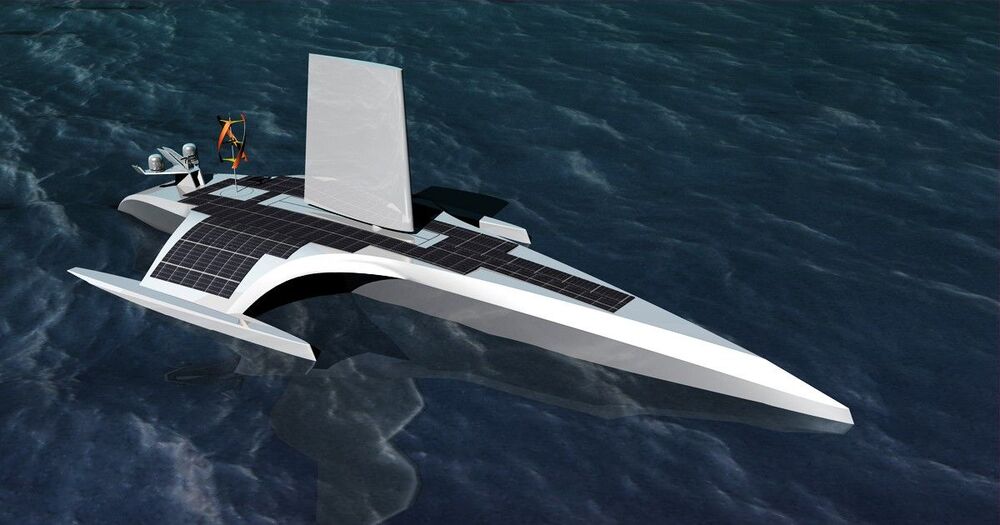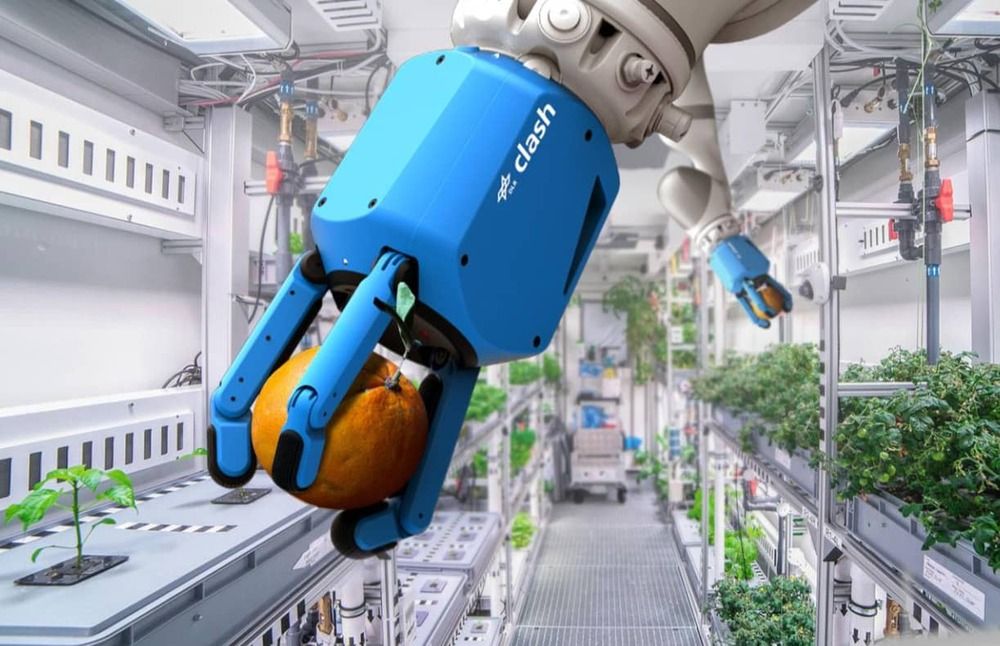With the drought in the west it is time to consider an Apollo Program to produce clean water. Breakthroughs in processing lithium and with graphene-based desalination membranes may point the way. (Meant to say almost 20 Million people — needed some coffee tonight!)
See the Special Deals at My Patriot Supply: www.PrepWithGreg.com.
Green Gregs has teamed up with True Leaf Market to bring you a great selection of seed for your spring planting. Check it out: http://www.pntrac.com/t/TUJGRklGSkJGTU1IS0hCRkpIRk1K
See my sister channel Galactic Gregs: https://www.youtube.com/channel/UCmigPwwtQbetT7aVa9ToRuA
Support freedom: FreedomRestorationFoundation.org.
To join the Freedom Restoration Foundation (FRF) email: info@ FreedomRestorationFoundation.org.






